- Return to Article Of The Month index
Poisonous Plants and Livestock
January 2007
Jim Selph - Extension Agent IV, CED/Livestock/Forages/Wildlife
Animals may inherit immunity to disease or they may acquire this immunity. The power to resist disease can be acquired in two ways:
- As the result of successfully overcoming a natural infection.
- As a result of administration of a biological such as vaccine or bacterin.
Annually, I and other livestock agents field a lot of questions about potential plants that can be poisonous to cattle and other types of livestock. In this article, we will address some of the most common types of plants that cause livestock poisoning of cattle. I will also provide you with a source for further information both in book form and via the internet.
Lantana
Lantana (Lantana camara) is an ornamental shrub that is used in the landscape, but has escaped to become an invasive noxious weed. Flower colors of Lantana vary.
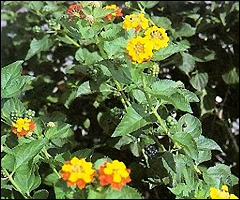
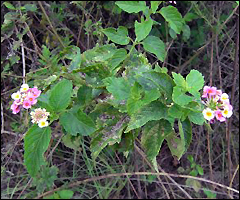
Acute poisoning will often result in death in 7-10 days. Photosensitization will be evident in "white-skinned areas" of the affected animals, but it is secondary to the liver damage done by the toxins: Lantadene A and B. Sheep, cattle, horses, and humans are sensitive to the effects of the plant. There is no specific treatment other than removal and keeping the affected animal out of sunlight.
Black Nightshade
Black Nightshade (Solanum nigrum) is on of many plants in the Solanaceae family that contain toxic alkaloids. The toxins affect the nervous system and can have a direct effect on the digestive system. An effected animal will show signs of muscle twitching, bloating and congestion of the lungs and heart. There is not a specific treatment for the toxins.
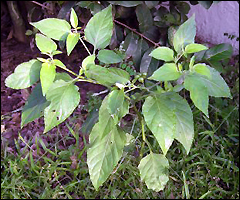
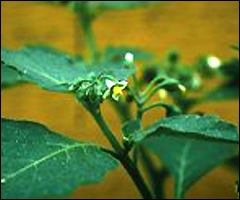
Bracken Fern
Bracken Fern (Pteridium aquilinum) is found throughout the U.S. and affects cattle, sheep, pigs, horses and humans. Clinical signs include depression and hemorrhages of the mucous membranes of the nose and mouth. Bloody diarrhea and red urine as well as high temperatures will be seen in affected animals. There are some treatment options, but this is probably an option if the animal has a high economic value. All portions of the plant are toxic whether green or dry.
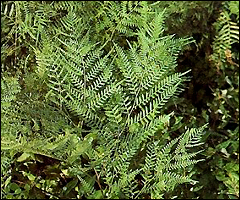
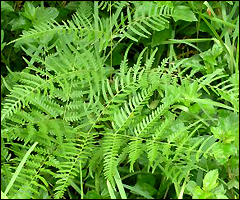
Oleander
Oleander (Nerium oleander) is showy evergreen flowering shrub used in home landscapes and as highway landscaping. All parts of this plant are toxic, but the red flowered varieties seem to be the most toxic.
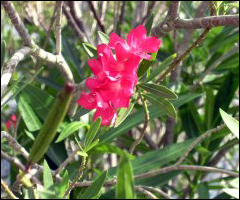
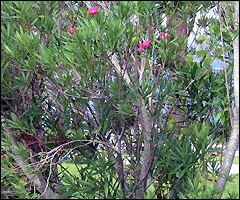
The lethal dose for cattle and horses consuming leaves is 0.005% (5 # for 1,000# animal) of the animal's body weight. The toxins are cardiac glycosides. Toxins may also be inhaled in smoke when plants are burned. Symptoms include diarrhea, trembling, paralysis, cardiac arrest and coma prior to death. A single leaf may be toxic to a child consuming the leaf.
Crotalaria
Crotalaria (Crotalaria spp.) were introduced as a soil building cover crop for sandy soils in Florida as well as the southeast U.S.
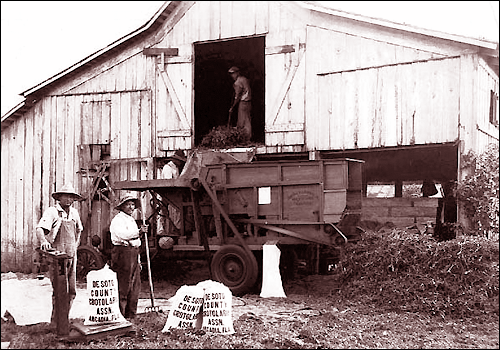
The toxins are alkaloids that are present in greatest quantities in the seed. Acute deaths can occur from ingesting large amounts of seeds or plants. Most typically animals will show signs of liver disease and photosensitization.
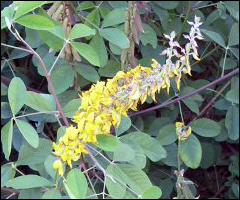
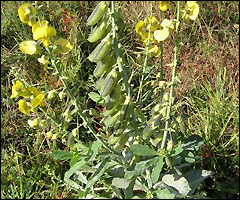
The 5 plants highlighted above are just a few of the plants that grow in Florida and are toxic to livestock. There are many, many other plants to also be concerned with, but I they are to numerous for this article.
Resources
- Lampe, Kenneth F. and McCann,Mary Ann. AMA Handbook of Poisonous and Injurious Plants. Chicago, Illinois: Chicago Review Press.
- Knight, Anthony P. and Walter, Richard G. A Guide to Plant Poisoning of Animals in North America. Jackson, Wyoming: Teton NewMedia, 2001.
- Guide to Poisonous Plants - Colorado State University
- Burger, Sandra M. Horse Owner's Field Guide to Toxic Plants. Ossining, New York: Breakthrough Publishing Inc.
- Poisonous Plants - Florida Plants Online
- Poisonous Plants Home Page - University of Pennsylvania
- Poisonous Plants of North Carolina
- Poisonous Plants of the Southern United States
- Poisonous Plants of the Southeastern United States[1.95MB]
- Weed Identification Guide - Virginia Tech

